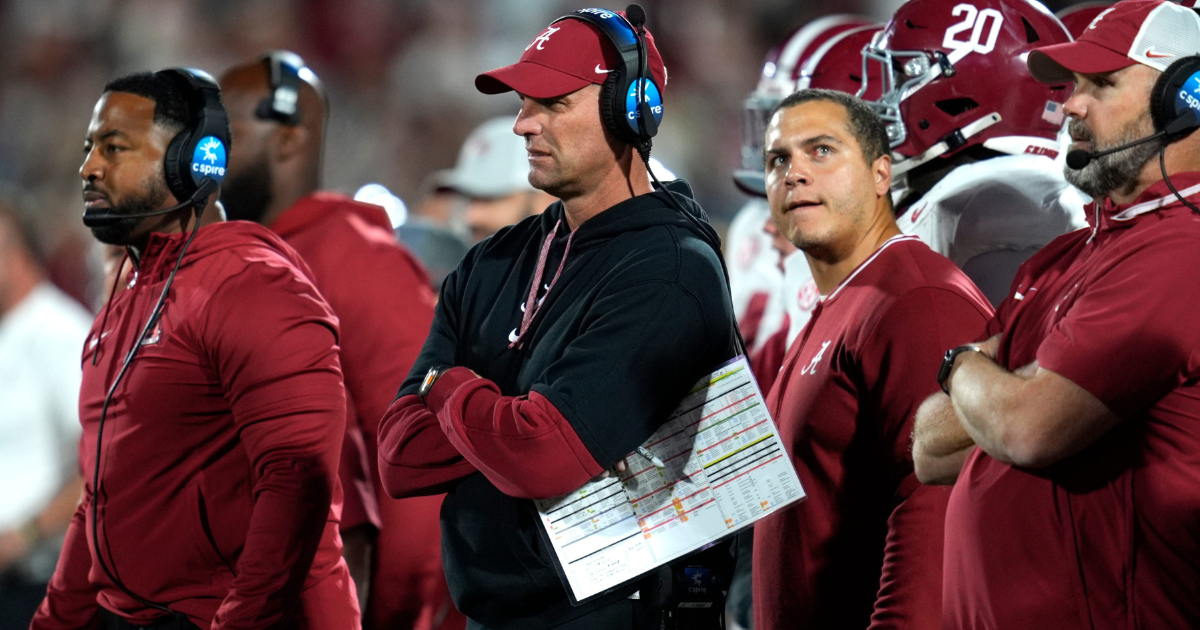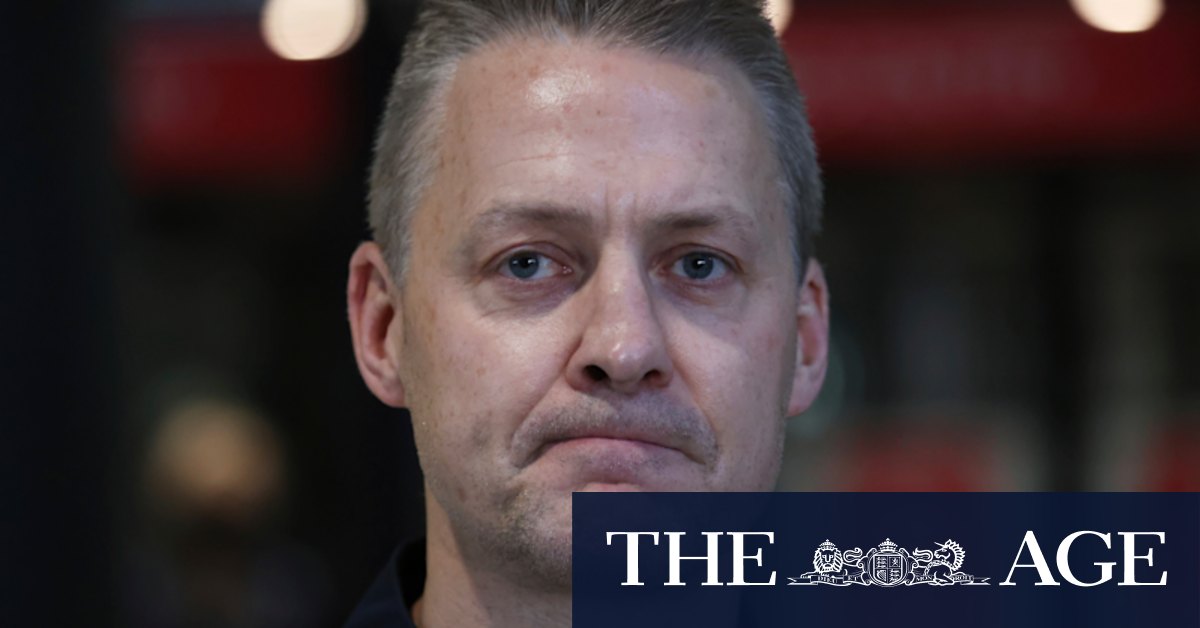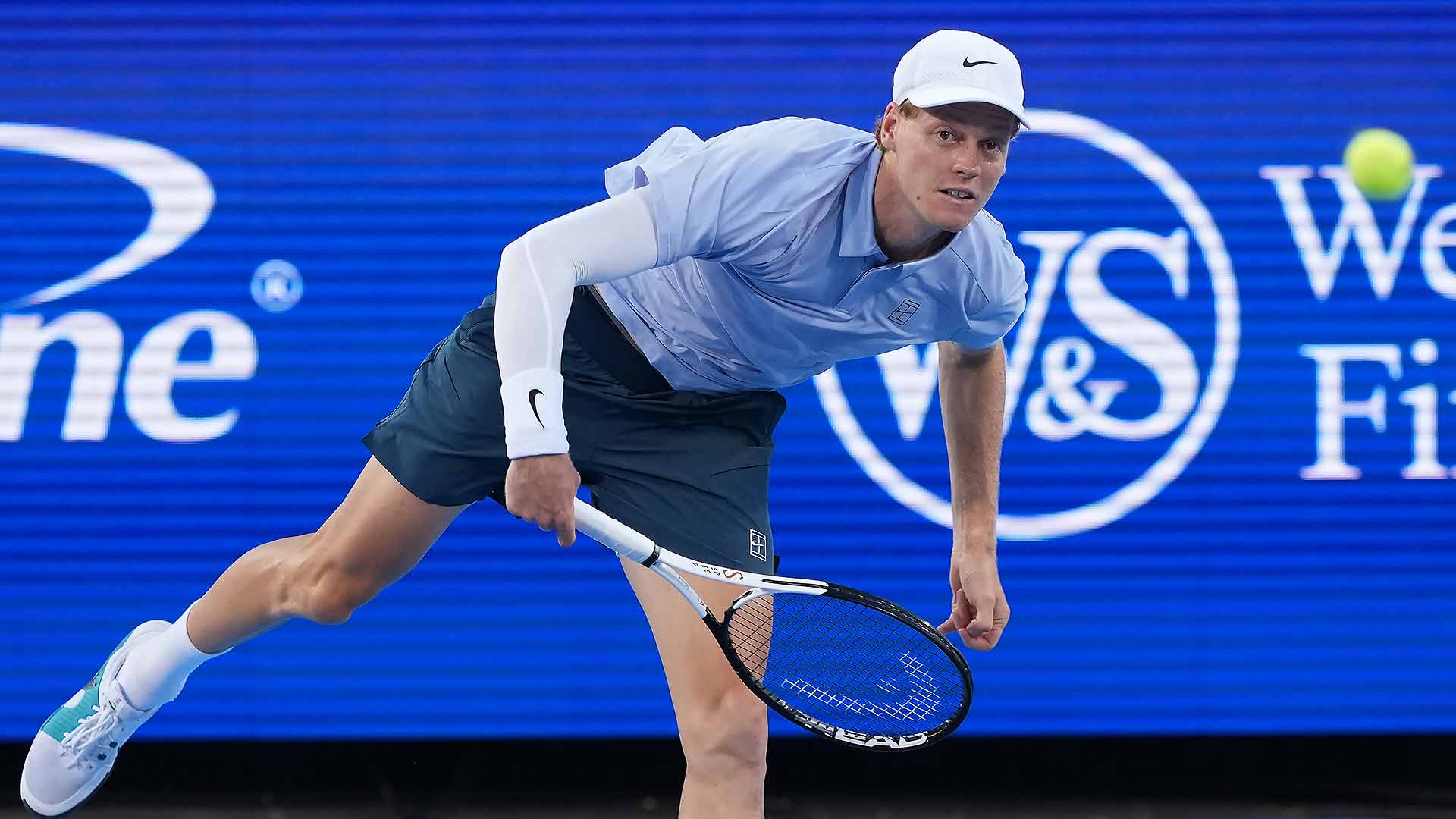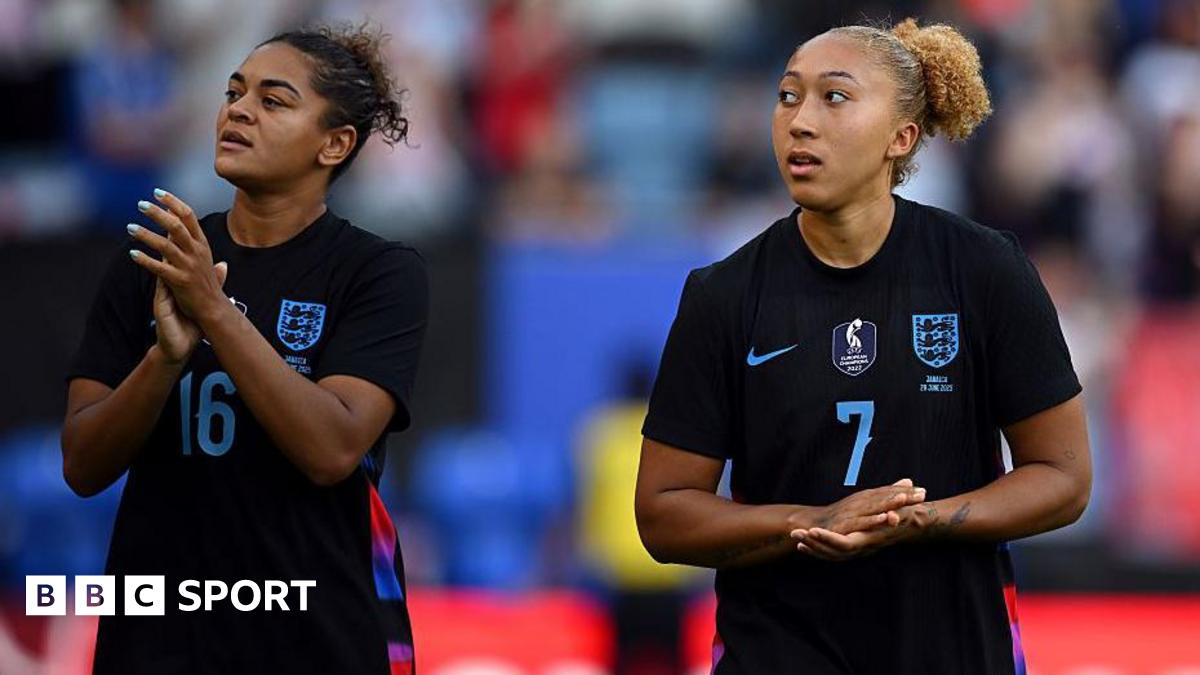Man Utd 2025-26 Preview: Five Key Questions Ahead of the New Season

The Premier League returns for the 2025-26 season this week. Ahead of the action commencing, we focus on Manchester United and their latest rebuild.Will Lack of European Football Actually Help?No amount of spin will paint the 2024-25 season in a positive light for Manchester United.Their 42 points was the joint fewest they’ve accumulated in a top-flight season since they were relegated in 1973-74 with 32; that was also the last season they finished lower (21st) than last season’s final position of 15th and scored fewer goals (44 in 2024-25, 38 in 1973-74).Defeat in the UEFA Europa League final was obviously disappointing too, though even beating Tottenham in Bilbao wouldn’t have completely changed the outlook of the campaign.United must now play the card they’ve been dealt and that means a first season without any European football since 2014-15. Before that, they’d played in UEFA competition every campaign in which English clubs were eligible going back as far as 1982.But, for a club once again in a state of flux, there’s an argument the reduced schedule is helpful if we conveniently ignore the highly inconvenient lack of UEFA funds coming in.Ruben Amorim made several comments last season pertaining to the difficulty of overseeing a complete tactical overhaul when playing a game every three days or so prevented them training properly. There’s the obvious rebuttal that he didn’t have to change things so drastically mid-season, but he did earn the job playing a specific system. In getting them started straight away and enduring some short-term pain, perhaps they’ll be able to hit the ground running in 2025-26?Only time will tell on that front, but one thing’s for sure, United are going to have more time on the training field in 2025-26. There’s no guarantee that has a transformational effect, but it should help their continued adaptation to Amorim’s 3-4-2-1 setup.The other aspect to consider is that fewer matches potentially means a reduction in injuries. According to Premier Injuries, United players accumulatively lost 1,295 days to fitness issues and illness last season, the fifth most behind Arsenal (1,297), Ipswich Town (1,506), Tottenham (1,553) and Brighton (1,944).Their injury problems were especially felt in defence. Their most-common partnership/combination at the back started only seven times in the Premier League last term; every club had a combination that started more often than that.Again, they’re not certain to cope better in this respect just because they aren’t in UEFA competition – Ipswich and Brighton weren’t either in 2024-25, for instance. But at least they won’t have to also contend with a congested fixture schedule.It might just be what they need in this latest transitional year.What Difference Will Matheus Cunha and Bryan Mbeumo Make?United’s 44 goals last season was the fewest they’ve managed in a Premier League campaign. When own goals were excluded, they underperformed (-11.5) their expected goals total to a greater extent than any other team in the Premier League bar Crystal Palace, and their 50.3 non-penalty xG was only better than that of eight clubs.These pitiful figures reflected both a broader toothlessness as well as wasteful finishing, aspects that new signings Matheus Cunha and Bryan Mbeumo should both be able to influence.While some might automatically assume the underwhelming Rasmus Højlund was a major contributor to their issues in front of goal, it was a wide-reaching issue, highlighting systemic and mentality problems.The biggest culprit was actually Bruno Fernandes, who despite being one of the few players to come out of last season with his reputation intact, underperformed in relation to his non-penalty xG by 2.6.Mason Mount (-2.3), Diogo Dalot (-2.1), Joshua Zirkzee (-1.8) and Alejandro Garnacho (-1.3) all had poorer records than Højlund (-1.2).The only two current United players who overperformed in relation to their non-penalty xG in the Premier League last term were Lisandro Martínez (+0.7) and Amad Diallo (+3.3).The point is, United were wasteful almost across the board, but there was also an issue of creativity. Højlund had a poor season, no doubt, and he must take some responsibility for the fact he recorded only 32 shots amounting to 5.2 xG. However, it wasn’t only down to him.United just weren’t an incisive unit. Only three players recorded 3.0 or more xG assisted in open play over the season. Aston Villa, Bournemouth and Crystal Palace all had five; Newcastle, Manchester City and Chelsea had six each, while Liverpool had seven.Injuries play a part in that, but United generally lacked creativity. It could be argued Garnacho was part of the problem as one of the number 10s. He did his bit with respect to laying on some opportunities, but he felt mismatched with Amorim’s system.Amorim frequently spoke about the young winger’s suitability (or lack of) for that role, saying he wanted him to operate “inside” more. But Garnacho’s tendency was to play wider, presumably because he felt more comfortable attacking space rather than venturing into areas that required more subtlety than he possesses. The touch zone maps below show Cunha, essentially his replacement, took up more central positions.Garnacho was also far more likely to take a shot than find a teammate. For instance, he ranked eighth among all players (900+ mins) for shot-creating actions (shots + open-play chances created) per 90 in the Premier League last term (4.9), but 69.9% of them were shots. Out of 45 players to average at least 4.0 shot-creating actions per 90, 16 had a greater proportion as shots and seven of those were nominal centre-forwards.Amad (54.7% as shots) and Fernandes (60.7%) were closer to an even split between shots and chances created in open play, as was Mbeumo (62.9%).Cunha (71.5%) was even more geared towards shooting than Garnacho, but he also averaged more involvements in open-play passing sequences (38.4 per 90) than the Argentina international (37.8) despite playing in a Wolves side who saw considerably less of the ball (47.9%) than United (53.4%), suggesting he generally contributed more in possession.Cunha (21) and Mbeumo (22) each recorded more than double the number of Premier League non-penalty goal involvements as Garnacho (8) last term. They should provide a broad attacking threat from the number 10 positions, but they also possess more on-ball subtlety than Garnacho and will be more suited to operating in congested areas of the pitch.Theoretically, their presence will aid the structure of the team, giving the wing-backs more prominence while also potentially ensuring a more consistent flow of chances through the middle.Does Amorim Have a Midfield Pairing He Can Rely On?With the arrivals of Cunha and Mbeumo, plus the signing of Benjamin Sesko, most of the United starting XI has a fairly obvious look to it. Sure, there are quite a few different options in defence, but that’s a must considering how many of them spent time out last season.Where there’s more concerning uncertainty is in the centre of midfield – yet again.Media briefings throughout the summer have claimed they hope to sign another midfielder, someone who’s powerful, mobile and technically skilled. More recently, there have been suggestions they want Brighton’s Carlos Baleba, though he would cost an absolute fortune.None of this is that new, though. They’ve needed dominant types in midfield for years and failed to acquire them. Now, what they’re left with threatens to undermine any of the other good work they’ve done in pre-season and the transfer market.The primary choices there at the moment are Fernandes, Kobbie Mainoo, Casemiro and Manuel Ugarte, while Toby Collyer is expected to go out on loan. Last season proved that finding a suitable pairing out of them probably isn’t possible.Most United fans would probably want Mainoo to become a regular and he is arguably the best suited to one of the two midfield roles out of the four, given his composure on the ball and press-resistant abilities. But if Cunha and Mbeumo start further up, Amorim needs to find space for his captain, Fernandes.Fernandes understandably sits above Mainoo in the hierarchy and Amorim has shown a reluctance – last season and in pre-season – to start those two in a midfield pairing because neither are particularly convincing from a defensive perspective nor are they physically dominant.Essentially, then, it feels like the most obvious starting pair will be Fernandes with one of Casemiro or Ugarte. But again, neither partnership is ideal.Amorim clearly has reservations about Ugarte in a two at this level, otherwise he’d have started the Europa League final. The Uruguayan does work hard defensively and he can be an effective destroyer, but he isn’t someone you can trust to get the ball off the centre-backs at dictate the tempo of the team. He doesn’t have that kind of composure, passing ability or general quality.While it was only a pre-season game, he had a shocker against Everton in United’s final match of their US tour, making numerous errors in possession, including being robbed for the Toffees’ first equaliser.Then you’ve got Casemiro. While still technically good and a handy threat in the box at set-pieces, he’s clearly struggled with the pace of Premier League football for the past two seasons, so there’s no reason to suggest he – now 33 – will cope any better in 2025-26.Last term, teams reached the final third in transitions on 541 occasions against United; only five sides were more susceptible to such situations, evidence of the insufficient protection the midfield provided.Finding the right balance in midfield has been a major problem for Amorim, and there’s an argument this could be his biggest obstacle in waking a sleeping giant.Can André Onana Silence the Doubters?The areas of the squad United had apparently been most keen on improving this summer were centre-forward, number 10, central midfield and goalkeeper.It looks as though the latter fell down the priority list as speculation linking them with goalkeepers has gone quieter over the past few weeks. Nevertheless, widespread reports in mid-July claimed they’d tabled a loan offer for Aston Villa’s Emiliano Martínez.That was hardly a public show of support for the much-maligned André Onana.The Cameroon international arrived at United with a burgeoning reputation having caught the eye with his incisive passing out from the back at Inter. But in two years at Old Trafford, his stock has fallen considerably.While it isn’t his fault that United’s squad doesn’t really have the personnel to make the most of his passing in the context of playing out from the back, he has frequently been culpable between the posts.Since joining from Inter, Bart Verbruggen (9) is the only Premier League goalkeeper to have committed more errors leading directly to a goal than Onana (8) across all competitions.The fact he has played more minutes than any other Premier League keeper in that time of course impacts that figure. However, he’s averaged one error leading to a goal every 1,151 minutes. Among the 29 goalkeepers who’ve played 2,500+ mins over the same period, only five have averaged fewer mins per error leading to a goal.Fortunately for him, his understudy – Altay Bayindir – hasn’t exactly impressed in his rare outings, so Onana will likely have a free run at the number one jersey again this season once he’s fit.But the pressure is on. If he doesn’t improve his reliability this season, Onana may not have a future at United.Is Benjamin Sesko a Better Fit than Rasmus Højlund?After spending most of the off-season not quite committing to pursuing any particular one among a gaggle of centre-forwards, United finally have their man. Benjamin Sesko, the highly-rated Slovenian, arrived at Old Trafford last week after RB Leipzig agreed to sell him for an initial fee of £66 million.He’s a player United have been linked with consistently since his mid-teens, so they’ve presumably assembled a fairly compelling dossier on his suitability as a centre-forward and person by now.United had hoped Højlund would be the focal point of their attack for the long term when shelling out an initial £62m on him two years ago, but he failed to build on a relatively promising first season, netting just four times in the Premier League last term.It wasn’t just the lack of goals that was problematic, however. Physically, questions were asked of him time and time again. Among forwards to play 900+ minutes in the Premier League last term, no one had a poorer success rate in duels (29.5%), with his 24.6% success rate in aerials a major contributor to that.There’s an argument that impacted his effectiveness in the box, too, with the Denmark international averaging just 1.2 shots inside the area per 90 minutes, the fewest of any nominal centre-forward to play 900+ mins.He might complain about service, and he’d probably have a point to a degree. But in defence of his colleagues, Højlund’s off-ball runs into the box were targeted by a pass 38.2% of the time, which is the fourth-highest proportion among the 33 centre-forwards to make at least 200 off-ball runs.His proportion of off-ball runs that were into the box (26.9%) was low, though, less than the average (28.7%) for the aforementioned group of strikers, suggesting he could have been more selfish in his movement.Of course, there’s no guarantee Sesko will be an improvement, but there’s a sense he’s an unpolished diamond with immense potential.His physical makeup and skillset make for a very well-rounded centre-forward in that he’s quick, tall, strong and capable of impacting the game in numerous ways. It’s also noteworthy that his duels success average (44.4%) – aided by a 57.1% aerials success (shown below) that only one centre-forward could better – over the past two domestic seasons is considerably higher than Højlund’s (33.4%).Sesko may not be the ultimate penalty box striker yet, though. In fact, his non-penalty xG per shot across all competitions in each of the past two seasons (0.15 in 2024-25, 0.17 in 2023-24) is lower than Højlund’s (0.20 in 2024-25 and 0.22 in 2023-24), suggesting he still has lessons to learn about the positions he gets into.But his shot frequency is far better, averaging 2.8 per 90 last season and 3.0 the campaign before; Højlund’s respective figures are 1.6 and 1.7.Part of that is down to the fact Sesko is much happier to have a go from anywhere, with his 41 shots from outside the box since the start of 2023-24 (all competitions) almost four times as many as Højlund’s 12. Sesko’s also played nearly 1,100 fewer minutes over that time.Sesko’s output is also influenced by the fact he’s played a lot of his football as part of a front two at RB Leipzig, whereas he’ll likely lead the line alone while supported by Cunha and Mbeumo at United.Who’s to say Højlund wouldn’t thrive in a similar lineup? Either way, it cannot be said that United haven’t addressed their biggest issue of the past season: scoring goals.Whether they’ve done enough to paper over other cracks is difficult to say, but Amorim has been backed to the hilt.And so, another Manchester United revival begins…Enjoy this? Subscribe to our football newsletter to receive exclusive weekly content. You can also follow our social accounts over on X, Instagram, TikTok and Facebook.








